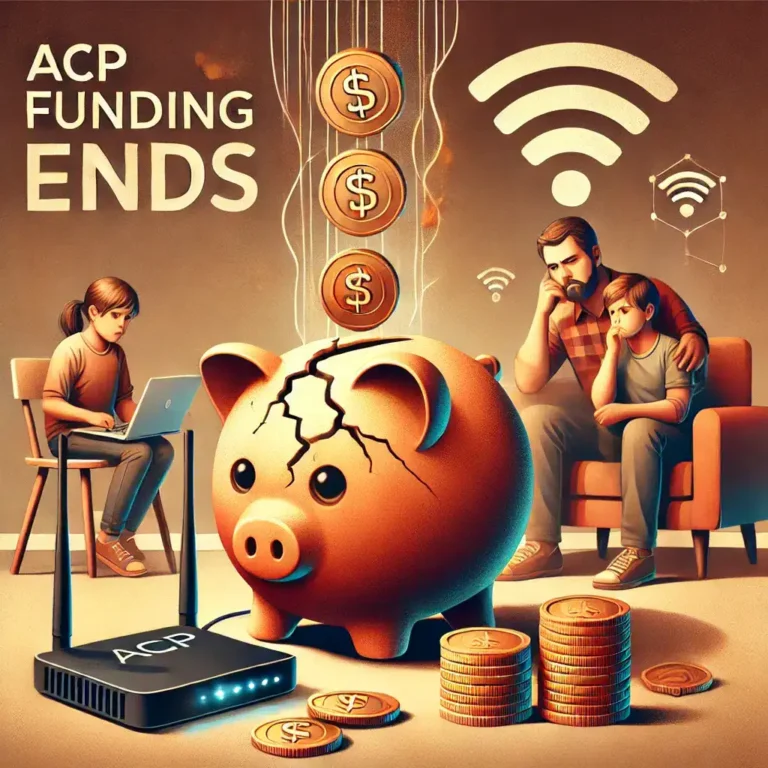In today’s world, access to affordable healthcare is a pressing concern for millions. For many low-income individuals and families, Medicaid serves as a lifeline, offering critical health coverage when other options fall short. But what exactly Medicaid is, and how does it work? This article explores the essentials of Medicaid, including its definition, funding, eligibility, coverage, and the latest developments as of September 2025. Whether you’re in Florida, Texas, or any other state, this guide will help you navigate this vital program with confidence.
Understanding Medicaid: Definition and Purpose
Medicaid is a federal-and-state program that provides free or low-cost health coverage to people and families with limited income. Established in 1965 under the Social Security Act, it aims to ensure that vulnerable populations—such as children, pregnant women, seniors, and people with disabilities—can access necessary medical care. Unlike private insurance, Medicaid adjusts to economic shifts, expanding during downturns to meet rising needs, making it a dynamic safety net for America’s underserved communities.
How Is Medicaid Funded?
Medicaid operates through a partnership between the federal government and individual states. The federal government contributes a significant portion of the funding, with the match rate—known as the Federal Medical Assistance Percentage (FMAP)—varying by state based on per capita income. In 2025, wealthier states might see a 50% match, while lower-income states can receive up to 77%. States cover the remaining costs, and for the Affordable Care Act (ACA) expansion group, the federal government provides a 90% match, with states contributing 10%. This collaborative funding model ensures broad coverage while allowing states flexibility in program design.
Who Qualifies for Medicaid? Eligibility Explained
Eligibility for Medicaid varies by state, but common criteria include income, household size, age, disability status, and residency. In 2025, most states use Modified Adjusted Gross Income (MAGI) to determine financial eligibility, typically set at or below 138% of the federal poverty level (FPL)—about $20,783 for an individual or $42,659 for a family of four. Special groups, like pregnant women or those needing long-term care, may have different thresholds.
- Children and Families: Many states cover kids under 19 and low-income parents.
- Seniors and Disabled Individuals: Those 65+ or with disabilities often qualify, especially if they receive Supplemental Security Income (SSI).
- Medicaid Expansion: Since the ACA, 41 states have expanded Medicaid to include more adults, though states like Florida and Texas have not, leaving a coverage gap for some.
Do you qualify for Medicaid? Check your state’s Medicaid income limits or use an online eligibility calculator to see if you qualify.
How to Apply for Medicaid: A Step-by-Step Process
You can apply for Medicaid in a few easy ways:
- Online: Visit your state’s Medicaid portal (e.g., ACCESS Florida for Florida residents) to submit an application.
- In person: Visit your local Medicaid office or Department of Human Services to submit an application.
- By Phone: Call your state’s Medicaid phone number (e.g., 1-866-762-2237 for Florida) for assistance.
- By Mail: Download the state application from the official website and mail it to the address listed.
You’ll need proof of identity, income (pay stubs or tax returns), residency, and citizenship or immigration status. For Florida, Texas, or other states, renewal is required annually to maintain coverage.
What Does Medicaid Cover? Exploring Benefits
Medicaid pays for many types of care, but the exact benefits depend on your state.
Core benefits include:
- Hospital Care: Inpatient and outpatient services.
- Doctor Visits: Primary and specialty care.
- Prescription Drugs: Often with low or no copays.
- Preventive Care: Screenings and vaccinations.
Does Medicaid Cover Dental, Vision, or Specialty Treatments?
- Dental Coverage: Most states cover dental care for children under EPSDT (Early and Periodic Screening, Diagnostic, and Treatment), but adult dental benefits vary. Some states cover dentures or basic procedures, while dental implants are rarely included.
- Vision: Eye exams and glasses are typically covered for kids, with limited adult coverage.
- Specialty Drugs: Medications like Ozempic for diabetes may be covered if deemed medically necessary, but approval varies by state.
For long-term care, Medicaid is often the main payer, covering nursing home care and in-home support services. Check your state’s plan for specifics.
Medicaid Spend Down: A Path to Eligibility
If your income exceeds Medicaid limits, a Medicaid spend down can help. This process allows you to use excess income on medical expenses (e.g., Medicare premiums or hospital bills) to meet eligibility thresholds. In Florida, the medically needy income limit is $180/month for individuals in 2025, with the spend-down amount resetting monthly. Consult a Medicaid planner to avoid pitfalls like the five-year lookback rule, which penalizes asset transfers.
Medicaid in Different States: Regional Variations
Medicaid adapts to local needs, leading to differences across states:
- Florida Medicaid: Covers children, pregnant women, and some seniors, but lacks expansion, leaving many adults ineligible.
- Texas Medicaid: Focuses on families and disabled individuals, with strict income caps.
- California Medicaid (Medi-Cal): Expanded under ACA, offering broader adult coverage.
- New York Medicaid: Includes robust dental and vision benefits.
- Ohio Medicaid: Covers long-term care with income limits of $2,901/month for nursing home applicants in 2025.
Each state has unique Medicaid income limits and application processes—visit your state’s portal for details.
Medicare vs. Medicaid: Key Differences
Many confuse Medicare and Medicaid, but they serve distinct purposes:
- Medicare: A federal program for people 65+ or with certain disabilities, funded through payroll taxes and premiums. It’s an earned benefit.
- Medicaid: A need-based program for low-income individuals, jointly funded by federal and state governments.
- Dual Eligibility: About 12 million Americans qualify for both, with Medicaid often covering Medicare costs (e.g., premiums, copays) for dual eligibles.
Recent Developments: Medicaid Cuts and Trump’s Impact
As of September 2025, Medicaid cuts 2025 are a hot topic. Proposed legislation, including the “big beautiful bill” from House Republicans, could slash $1.1 trillion over a decade, potentially affecting 11.8 million enrollees. Proposed Medicaid cuts tied to the Trump plan could add work requirements and reduce provider taxes, which has sparked debate.
While some argue this targets fraud, others worry about rural hospital closures and coverage loss. States like Florida, which haven’t expanded Medicaid, may face unique challenges. Stay informed via the Centers for Medicare & Medicaid Services (CMS).
Is Medicaid Being Cut or Paused?
Rumors of Medicaid being “frozen” or cut persist, but no nationwide pause exists as of now. However, redeterminations post-COVID unwinding have dropped millions from rolls due to procedural issues. Is Medicaid free? Yes, for most, though “share of cost” plans in some states require contributions. Monitor state updates for changes.
Additional Perks: Free Phones, Tablets, and More
Some states offer free phone with Medicaid or free tablet with Medicaid through partnerships with providers like United Healthcare or Humana. These perks enhance access to telehealth and education. Check with your Medicaid customer service for eligibility.
How to Avoid Common Pitfalls
- Medicaid Fraud: Report suspicious activity to protect the program.
- Lookback Rule: Plan asset transfers carefully to avoid penalties.
- Renewal: Miss deadlines, and coverage lapses.
Take Action Today
Wondering, “Am I eligible for Medicaid?” Explore your options now. Apply online, call your state’s office, or visit a Medicaid doctor near me for guidance. With healthcare costs rising, Medicaid remains a vital resource—seize the opportunity to secure your health coverage.
This article is tailored for search engines and readers, offering unique, helpful content aligned with current needs and guidelines.




